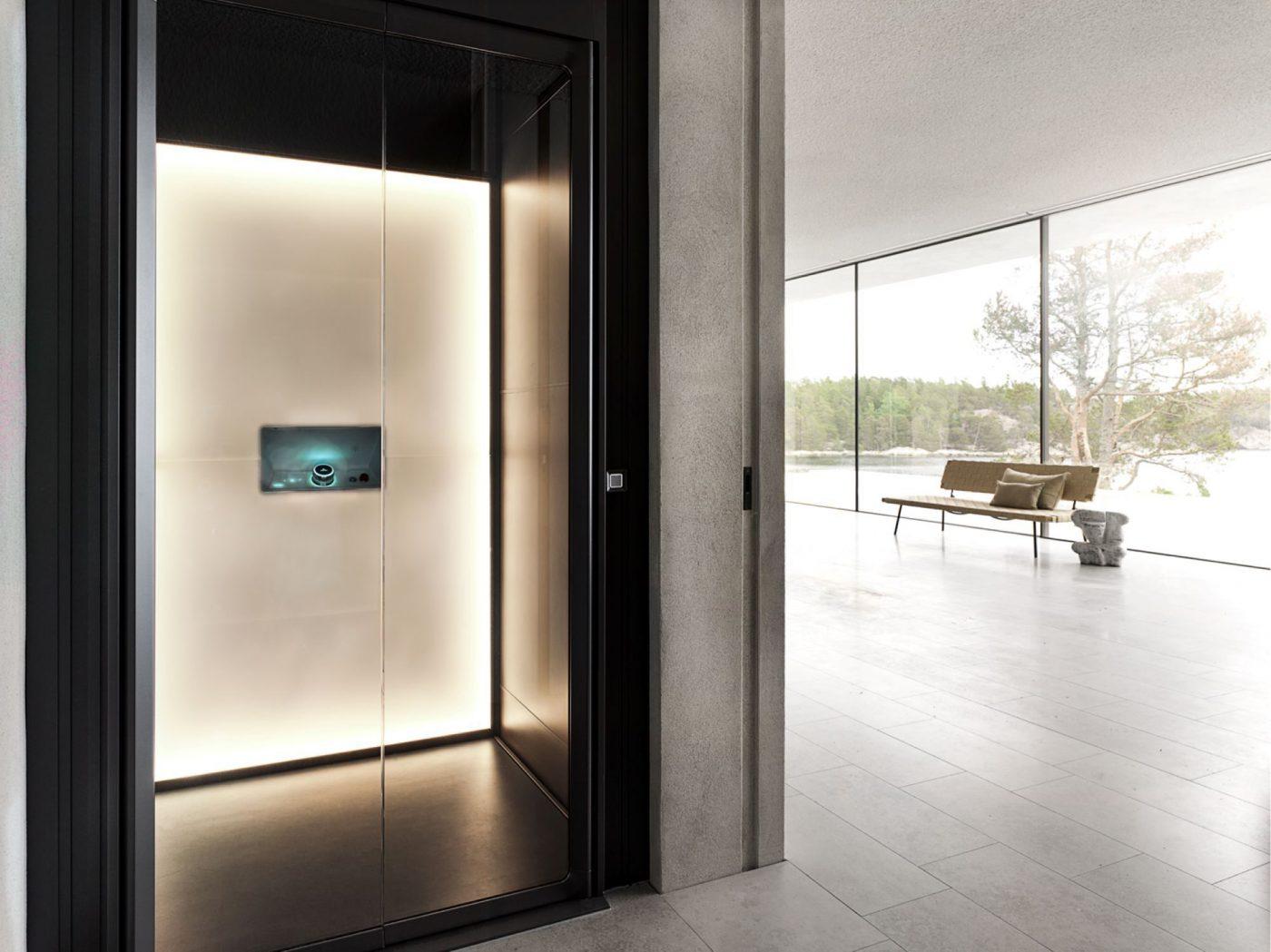Leading Lift Companies in London: Supplying Exceptional Service and Assistance
Leading Lift Companies in London: Supplying Exceptional Service and Assistance
Blog Article
Looking Into the Globe of Lifts: Typical Concerns Dealt With by Different Lift Devices
As we navigate through the upright transport systems of modern structures, elevators stick out as an essential element of our day-to-days live. However, behind their seamless procedure exists a world of intricate systems that can occasionally encounter difficulties. From hydraulic elevators to traction systems and machine-room-less layouts, each lift type features its set of usual concerns. Understanding these obstacles is important for ensuring the smooth performance of these vital systems. Allow's check out the complexities that underlie the operation of lifts and the potential problems that can arise, clarifying the complex web of lift systems.
Hydraulic Elevators
Hydraulic lifts, commonly chosen for low-rise structures, use fluid stress to regulate the movement of the lift car (lift repair companies). This system entails a hydraulic pump pressing oil right into a cylinder, causing the elevator to relocate the desired instructions. While hydraulic elevators are understood for their smooth and peaceful procedure, they do include their very own collection of common problems
One common problem with hydraulic elevators is oil leakage. In addition, issues with the control system, such as malfunctioning valves or a malfunctioning pump, can create disturbances in the lift's activity.
Normal upkeep and prompt repair services are necessary to ensure the smooth performance of hydraulic elevators. By resolving these usual problems proactively, structure owners can lessen downtime and guarantee the safety and efficiency of their upright transportation system.
Grip Elevators
When considering vertical transport systems in buildings, one more common kind other than hydraulic elevators is the grip lift. Grip lifts run utilizing a system of ropes and counterweights that move the lift automobile by gripping onto the hoist ropes. This system permits for smoother and faster vertical transport contrasted to hydraulic systems.
One of the common issues dealt with by traction lifts is rope wear. The constant motion of the ropes within the grip system can cause wear and tear over time, possibly creating the lift to breakdown or come to be risky for usage. Normal assessments and upkeep of the ropes are vital to ensure the lift's proper functioning and safety.
Another issue that traction elevators may experience is connected to the control system. Issues with the control system can lead to concerns such as irregular movement, hold-ups in action times, and even total shutdowns. Routine screening and maintenance of the control system are important to avoid such issues and make certain the elevator's reliability.
Machine-Room-Less (MRL) Elevators

One of the crucial components of MRL lifts is the compact gearless grip maker that is installed within the hoistway. This equipment effectively drives the lift car without the demand for large devices located in typical traction elevators. Furthermore, MRL lifts generally make use of a weight system to stabilize the auto, further boosting their power efficiency.
In spite of their benefits, MRL elevators might encounter challenges associated with maintenance and repair service as a result of the restricted space for devices installment. Availability for servicing parts within useful content the shaft can be restricted, requiring specialized training for service technicians. Correct upkeep routines and regular inspections are important to make sure the continued smooth procedure of MRL lifts.
Overloading and Weight Limit Issues
Are lifts outfitted to take care of excess weight lots successfully and securely? Straining and weight limit concerns are essential problems in lift procedures. Lift manufacturers layout lifts with details weight capabilities to ensure guest security and tools durability. Exceeding these weight limits can lead to different problems, including mechanical failings, hold-ups, and safety and security risks.
When elevators are overwhelmed, it puts excessive strain on the motor, cables, and various other parts, potentially causing breakdowns or breakdowns. If they detect excess weight, safety and security devices such as sensors and overload sensing units are in location to prevent lifts from moving. In addition, exceeding weight limitations can cause boosted power intake and wear and tear on the elevator system.
To mitigate straining problems, constructing supervisors need to plainly display weight limits in lifts and inform passengers on the significance of sticking to these restrictions - lift repair companies. Routine upkeep checks by qualified technicians can additionally aid guarantee that elevators are operating within safe weight parameters. By attending to overloading and weight limit concerns proactively, building proprietors can boost lift safety and security and performance
Electric System Failings
Surpassing weight restrictions in elevators can not only lead to mechanical concerns but likewise possibly contribute to electrical system failings within the lift infrastructure. Electrical system failings are a crucial problem in lift procedure, as they can create unexpected shutdowns, malfunctions, or also safety and security dangers.
Normal upkeep and examinations are important to identify and address potential electrical concerns quickly, making sure the effective and safe procedure of elevator systems. By adhering to weight limits and carrying out routine official source electrical system checks, building proprietors can alleviate the risk of electric failures in elevators.
Final Thought

Hydraulic lifts, often liked for low-rise buildings, use fluid stress to control the movement of the lift car.When considering vertical transportation systems in structures, an additional usual kind aside from hydraulic lifts is the grip lift. Grip elevators run using a system of ropes and weights that move the lift automobile by clutching onto the hoist ropes. Unlike traditional lifts that require a separate device area to house the tools, MRL elevators incorporate many of the parts within the shaft, getting rid of the requirement for a specialized machine space.In verdict, lifts deal with typical issues such as hydraulic breakdowns, traction system failings, and electrical system problems.
Report this page